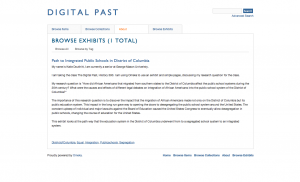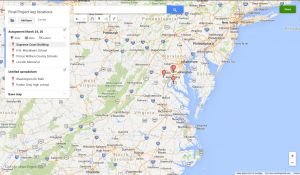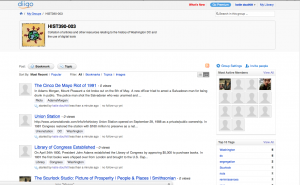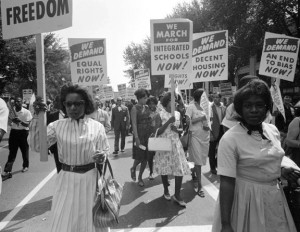Internet Security
Depending on the type of password, websites being used, and the amount of personal information put in a website, online activities can be very secure or at risk for being hacked or flooded with a virus. The quality and length of a password one uses for websites is crucial in terms of protecting personal information from threats on the internet. The most effective passwords are generally random, with numbers, lower and upper case, letters, punctuation, and above all a long password. A password can protect private information such as home addresses, phone numbers, and/or credit card numbers. It is also important to have antivirus fire walls to block any viruses that try and take over your computer/personal information that is stored within the computer.
The data that is stored online can create a presence of letting, for example, hackers be aware of where you shop, what websites you look at, your demographic and personal information like credit card numbers. That is why it is important to not save credit card or other personal information online, unless the website is 100% secure. Another example is that the cookies in your computer will generate a profile about yourself depending on the websites visited the most often. This will cause ads on websites like Facebook to pop up that are relevant to sites that you have visited in the past. This also means that your data is stored online that others could potentially view.
Progress for Final Research Project
I have finalized most of the information for my Final Research Project in Omeka. The last steps I have to take are adding footnotes, citations, and references to all of my information. I have posted all of the main ideas and images, maps, and data, to my Omeka Exhibit.
The one problem I am running into is finding at least 12 primary sources for my project. I have all of the information I need to complete my final research project and have not found 12 primary sources in the process. However I did find an interesting video completely relevant to my project. You need a Mason ID in order to access the video, but this is the link. The video is about an hour. The first 30-40 minutes are focused on the segregation to desegregation of public schools not only in the District of Columbia but the entire United States.
This is the link to my Omeka Exhibit. A screen shot as well of the main page.
The goal in the next few days is to find more primary sources to incorporate in to my project before the due date.






